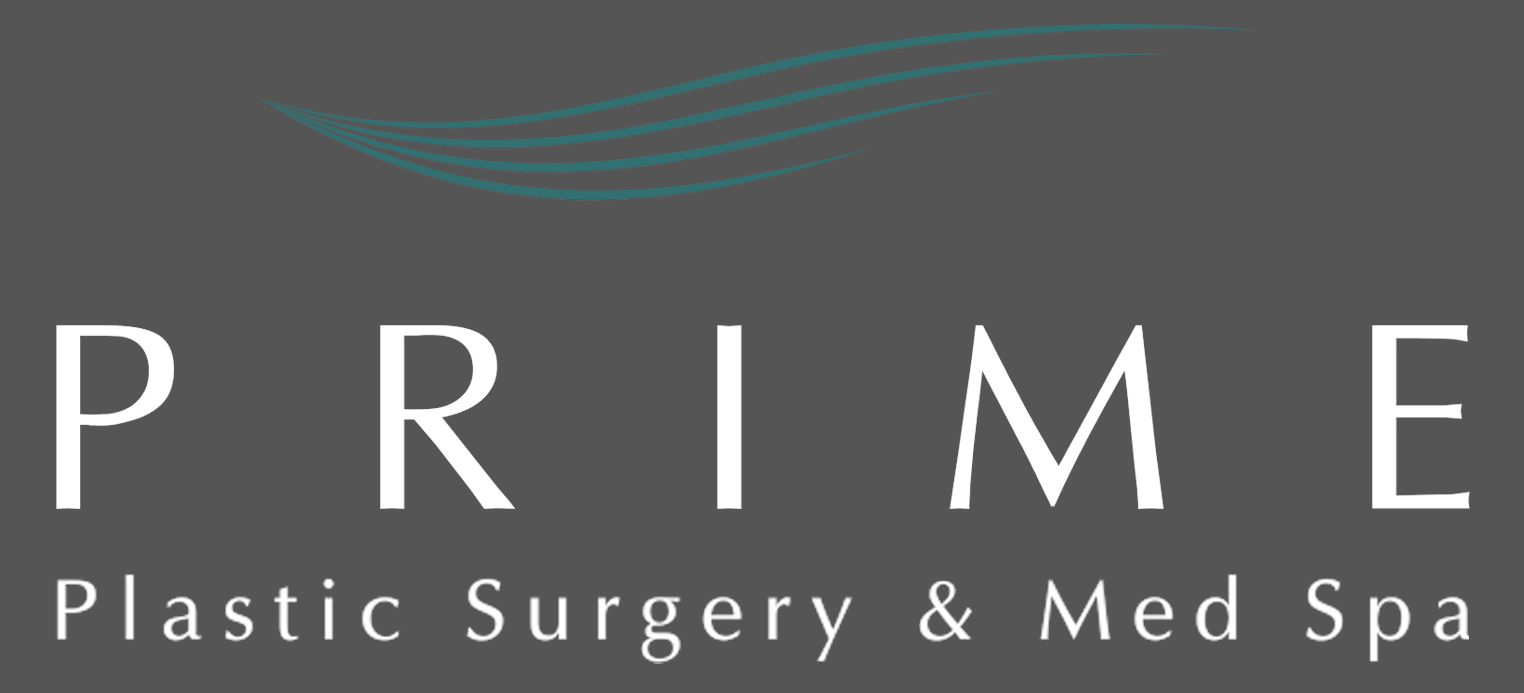Liposuction refers to an operation that removes adipose tissue with the use of cannulas to improve body contour. Abdominoplasty is the repair of the abdominal wall (abdominal muscle plication) as well as the excision of extra / damaged skin for improved abdominal contour and skin tightening.
The liposuction procedure varies in duration depending on how much work needs to be performed. Liposuction is an outpatient procedure with minimal recovery time. Incisions for the procedure are generally one-quarter inch in length and are placed in inconspicuous skin folds. Liposuction will not change the appearance of the skin. The operation does not involve any skin removal or re-approximation of abdominal wall muscles or skin tightening. The best candidates for liposuction surgery of the abdominal wall are patients with good quality skin elasticity and a moderate degree of diet and exercise-resistant adipose tissue superficial to the abdominal wall muscle layer. Patients who are significantly overweight, have significant abdominal wall laxity, and/or have lost a significant amount of skin elasticity are not generally good candidates. It is important to realize that suction lipectomy is not a skin-tightening method. When a patient is bothered by loose or extra skin the best procedure will be an abdominoplasty. This will remove the excess skin and also provide the best contour of the abdomen when dealing with loose, dimpled, wrinkled, stretchmarks, and abdominal laxity.
Abdominoplasty surgical duration can vary from 3 1/2 – 5 hours depending on the patient and is also performed as an outpatient surgical procedure. The incision site for the abdominoplasty can be from hip to hip (for a standard tummy tuck) or extend into the back (for an extended abdominoplasty).
The “ideal” patient for tummy tuck surgery has completed pregnancies, is psycho-socially/emotionally/financially stable, has an excellent social support system surrounding him/her, is capable of arranging enough recovery time, does not smoke, and has reached a long-term stable weight. The tummy tuck operation involves the removal of excess skin/adipose tissue of the lower abdominal wall and re-approximation of the abdominal wall muscles that may have spread with pregnancies and/or weight gain/loss. Liposuctioning is often used as a tool during the tummy tuck procedure.
Liposuction Risks
- Skin re-draping problems: liposuction is not an exact science and so the skin may not re-drape exactly after surgery.
- Asymmetry: differences between the areas treated may necessitate further surgery.
- Scarring: small scars may form where the incisions are made to allow for the liposuction cannula. Scar revision may be necessary after everything is healed.
- Infection: rare and usually treatable with antibiotics.
- Bleeding: rare but may require surgical intervention.
- Deep Venous-Thrombosis/ Pulmonary Embolism: blood clots that form in the legs that may travel to the lungs causing difficulty with respiration and requiring hospitalization.
- Prevention is key using compression stockings and early ambulation.
- Need for revisionary surgery
Tummy Tuck Risks
There are risks associated with tummy tuck surgery; the majority of serious complications that may occur with tummy tuck surgery occur within the first 2 weeks. These may include deep venous thrombosis, pulmonary embolism, pneumonia, infection, bleeding, and even death. Fortunately, the potential for these types of major complications is very small, assuming
careful selection of a board-certified plastic surgeon, board-certified anesthesiologist, and a fully accredited surgery facility. Other types of complications that are more likely include superficial incision line healing problems ( wound healing problems), seromas, abdominal wall asymmetry, abnormal scarring, and unsatisfactory cosmetic results. A careful selection of plastic surgeons will help minimize potential risks associated with umbilical hernia repair as well.




